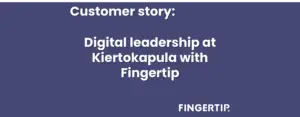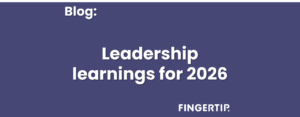Meetings are the backbone of modern knowledge work, but they are often misused in reporting or stroking the ego of authoritarian leaders. Meetings have become the focus themselves, rather than what they can produce. In essence, meetings are just a tool, and that’s how we should use it.
In the ideal case, meetings are encounters that improve the thinking and understanding of every participant, arrive at conclusions and concrete activities, and enable better decision making. Not just looking in the rear-view mirrors.
There are simple steps you can take to ensure your meetings don’t fall into the same traps over and over again. With meeting lifecycles, you can manage what happens before, during and after meetings. It is crucial to productive and mutually beneficial meetings that don’t frustrate the participants.
Prepare the meeting and the people
Before a meeting, you need to manage the expectations of the participants. By preparing and publishing an agenda to your meetings, you increase the odds of people showing up prepared. A structured way to collect topics, ideas, files, and follow-up items makes finding this information so much easier. Assigning responsibilities of topics and allowing participants to add their own topics is even better.
Manage time and focus on outcomes
During the meeting, you should have the agenda open, and visible to the participants. This makes it easier to stick to the schedule, and for everyone to contribute to the discussion at hand. Reserve most time for creative agenda items, so the meeting will have something to show for. This makes the meeting more meaningful to participants. In the end, summarize the agreed follow-up, document them and delegate responsibilities to ensure things are taken care of.
Make follow up actionable
A meeting doesn’t end when the clock runs out. Meetings aren’t the only way to decide and collaborate, rather the work moves to asynchronous communication platforms, where you can follow the progress. You should also start preparing for the next meeting immediately, agreeing on the time and setting up an agenda.
Fingertip makes planning, running and closing meetings a breeze. Download the brochure below to understand how Fingertip revolutionizes productive and collaborative meeting management in Microsoft Teams.




